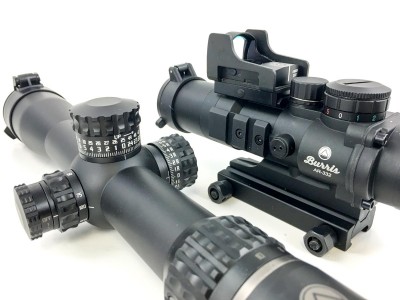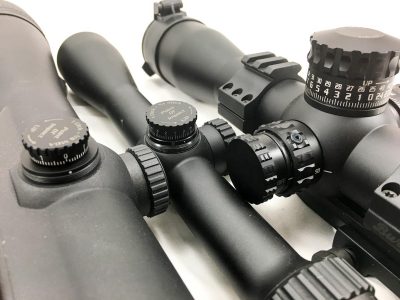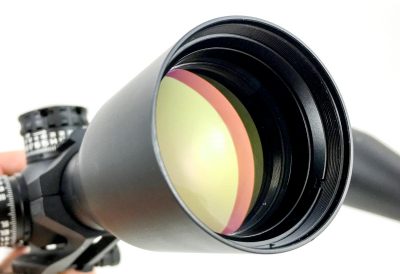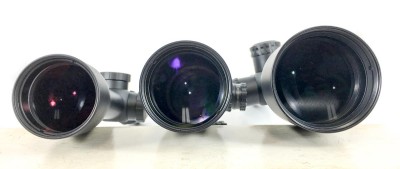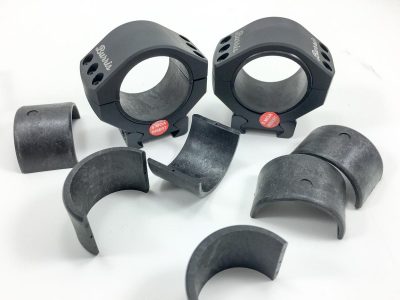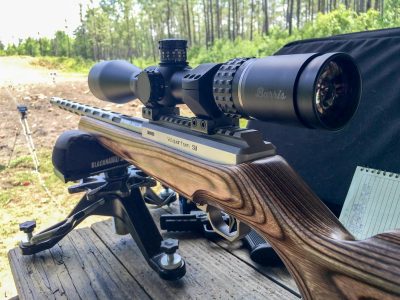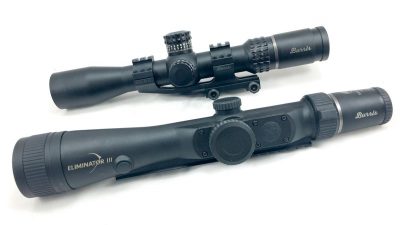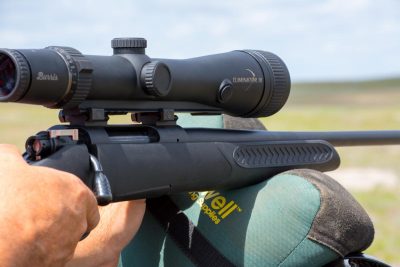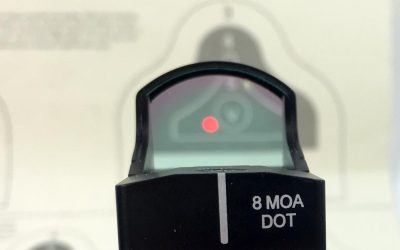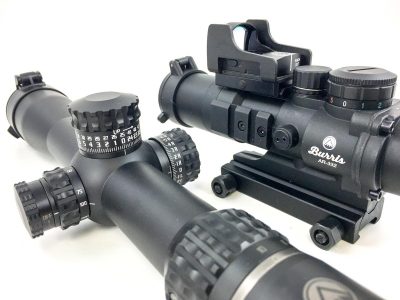Choosing the right type of sights and optics can be a bit of a mystery. We’re going to take a look at iron sights, red dots, and scopes and break down their strengths and weaknesses. If you’re making a decision about sighting systems, start with this buying guide.
Optics Buying Guide
Show First
Optics Buying Guide: Hold-Off Reticles vs. Adjustable Turrets
Updated: March 31, 2024You have to account for two variables in long range shooting – distance and lateral movement from the wind and other factors.
Optics Buying Guide: Scope Reticles
Updated: March 31, 2024I’ll bet most of us tend to give only passing thought to reticle selection, but there’s a reason that there are somewhere over 96.2 billion reticle designs floating around out there. They’re designed for specific purposes.
Optics Buying Guide: Top Must-Know Terms for Picking the Right Scope
Updated: June 13, 2016When it comes to buying a scope, it can be easy to be completely overwhelmed by all the technical terms you see. So, what do you do? Maybe take a look at a glossary?
Optics Buying Guide: Scope Mounts
Updated: March 31, 2024Let’s take a quick look at scope mounts. This is important as your mounts must perfectly align the scope to the bore, and be able to take the abuse of recoil.
Optics Buying Guide: How To Properly Zero Your Scope
Updated: March 31, 2024Simply put, the process of zeroing a scope matches the point of aim to the actual point of impact. Put differently, the process ensures that a bullet lands exactly where you put the crosshairs
Optics Buying Guide: Finding Range With A Scope
Updated: March 31, 2024You can figure out how far away an object is using your scope, provided its reticle has markings in mil dots or minutes of angle.
Optics Buying Guide: Using A Laser Rangefinding Scope
Updated: March 31, 2024THE SERIES Part 1: Optics Buying Guide: Iron Sights, Red Dots, and Scopes Part 2: Optics Buying Guide: Top Must-Know Terms for Picking the Right Scope Part 3: Optics Buying Guide: Scope Mounts Part 4: Optics Buying Guide: How To Properly Zero Your Scope Part 5: Optics Buying Guide: Finding Your Range with a Scope Reticle Part [...]
Optics Buying Guide: Holographic and Red Dot Optics
Updated: September 12, 2016In this episode of the optics buying guide, we’re going to get a little bit geeky, but still practical, about the different types of “red dots” and how one might use them.
Optics Buying Guide: AR-15 Optics and Scopes
Updated: September 19, 2016Matching the seemingly infinite number of AR rifles on the market is a multitude of suitable optics. Red dots, holographic sights, fixed-power scopes and variable-power scopes fill the shelves, so how do you choose? Let’s take a look at some factors to consider, then we’ll discuss some pros and cons of some of the common categories of AR-15 optics.
